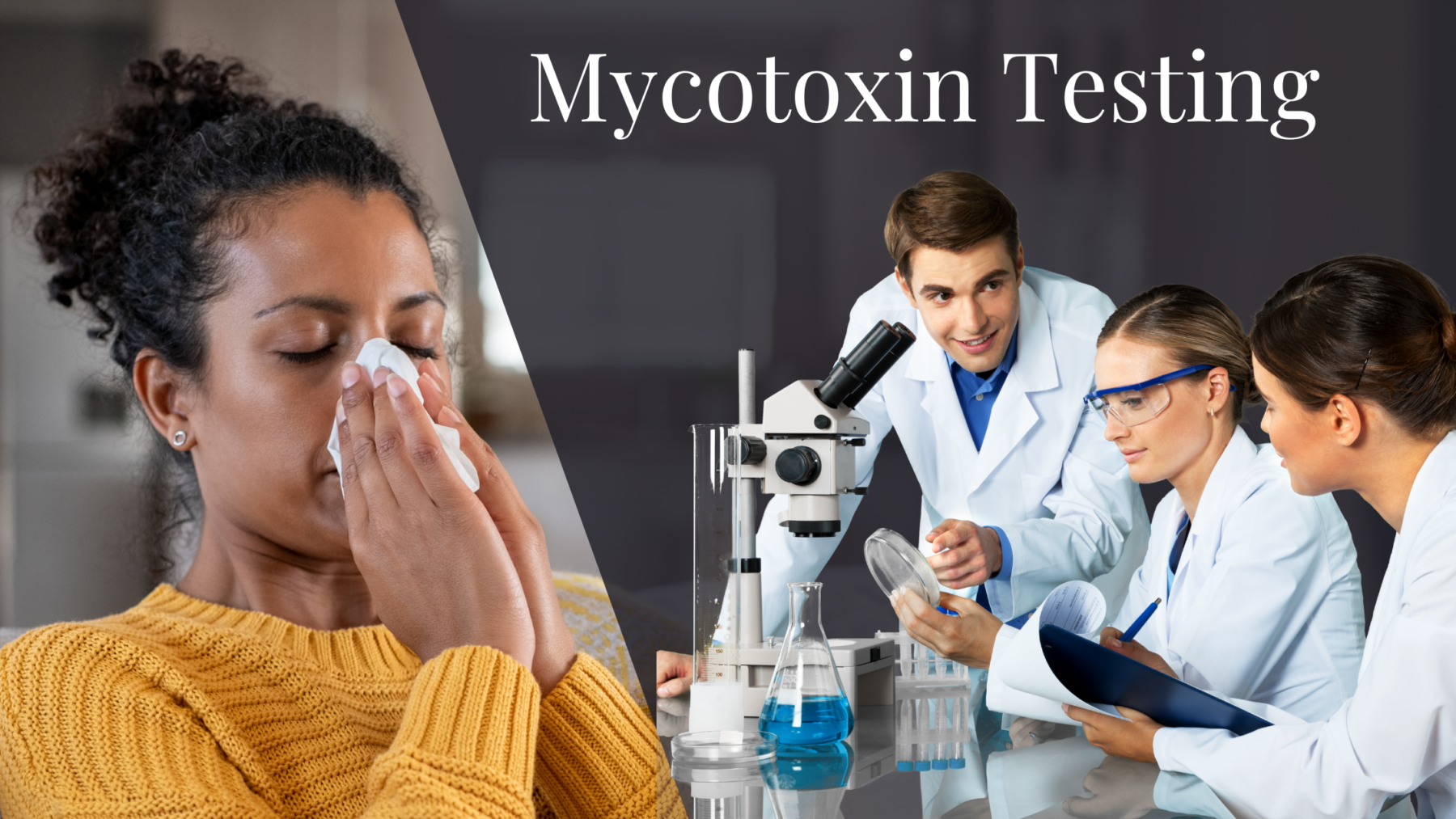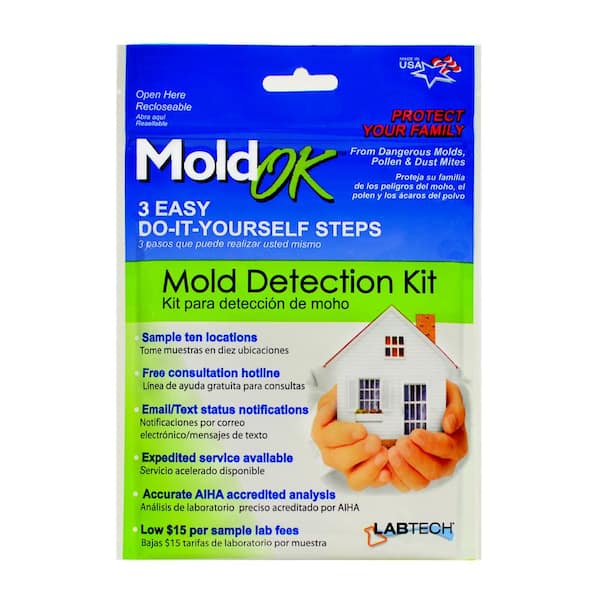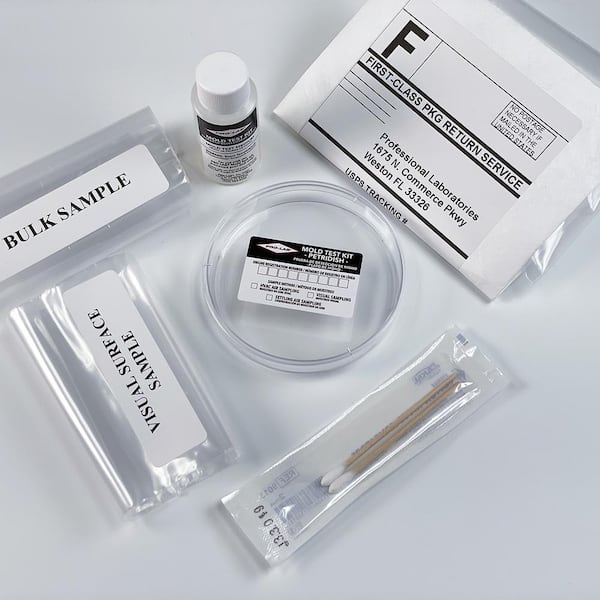Comprehensive Solutions for Your Mycotoxin testing Services Demands
Comprehensive Solutions for Your Mycotoxin testing Services Demands
Blog Article
Just How Mycotoxin Screening Helps Protect Against Contamination and Secure Food Materials

Mycotoxin screening is a vital technique in the food industry, offering as a frontline defense against contamination by dangerous contaminants generated by molds. With the application of innovative strategies like High-Performance Liquid Chromatography (HPLC) and Liquid Chromatography-Mass Spectrometry (LC-MS), food manufacturers can properly discover and evaluate mycotoxin levels in farming items. This proactive method not just makes sure conformity with stringent security guidelines however also alleviates health and wellness threats to consumers. Furthermore, regular testing fortifies brand name reputation and financial health and wellness by decreasing contamination-related cases. Just how exactly do these testing procedures integrate into the wider food security method?
Comprehending Mycotoxins
Comprehending mycotoxins starts with identifying that they are toxic secondary metabolites produced by specific mold and mildews, which can pollute agricultural items. These metabolites are not essential for the growth or recreation of the fungis but can have severe ramifications for human and animal health. Mycotoxins are commonly discovered in staple crops such as corn, wheat, barley, and nuts, where they can proliferate under details conditions of wetness and temperature level.
There are a number of kinds of mycotoxins, each created by different fungal species. Aflatoxins, generated by Aspergillus types, are among one of the most infamous, known for their carcinogenic properties. An additional significant group includes ochratoxins, produced by Aspergillus and Penicillium types, which have nephrotoxic results. Fusarium varieties create fumonisins and trichothecenes, both of which are related to various acute and persistent health issues.

Dangers of Mycotoxin Contamination
The risks of mycotoxin contamination are multifaceted, presenting significant dangers to both food safety and public wellness. Mycotoxins, harmful compounds generated by specific kinds of fungi, can pollute a wide range of farming products including cereals, nuts, flavors, dried out fruits, and coffee. Once these toxic substances penetrate the food supply, they can bring about severe wellness problems such as liver damage, kidney failing, and even cancer cells. Susceptible populations, including kids, the elderly, and immunocompromised individuals, are particularly in danger.
Financial effects are one more significant issue. Polluted plants can lead to considerable monetary losses for farmers and food manufacturers due to reduced yields and the need for pricey purification steps. In addition, worldwide trade can be considerably hindered as countries implement rigorous mycotoxin policies to protect their populaces, bring about declined shipments and stretched profession connections.
Ecological elements such as environment change aggravate the danger of mycotoxin contamination. Variants in temperature level and moisture can develop positive conditions for fungal growth, increasing the possibility of contamination events. Thus, understanding and alleviating these risks are essential for making certain the security and stability of international food supplies.
Approaches of Mycotoxin Evaluating
Properly determining mycotoxin contamination in farming items is crucial for securing public health and preserving food safety requirements. Numerous techniques are employed to spot and evaluate mycotoxins, each offering particular benefits and constraints.
High-Performance Liquid Chromatography (HPLC) is a commonly utilized method as a result of its high sensitivity and accuracy. It entails dividing mycotoxins from various other compounds in a sample, allowing accurate metrology. Liquid Chromatography-Mass Spectrometry (LC-MS) incorporates liquid chromatography with mass spectrometry to offer comprehensive molecular information, making it particularly valuable for recognizing several mycotoxins concurrently.

Gas Chromatography-Mass Spectrometry (GC-MS) and Thin-Layer Chromatography (TENDER LOVING CARE) are also used, each with unique applications. GC-MS is efficient for volatile mycotoxins, while tender loving care offers a less complex, cost-efficient alternative for preliminary screening.
Advantages of Normal Evaluating
Normal testing for mycotoxins in agricultural products offers countless benefits, substantially adding to public health and food safety. By determining contamination early, normal testing helps prevent the distribution of hazardous foods, thereby lowering the risk of mycotoxin-related diseases among customers. This proactive strategy not just safeguards human wellness but also enhances the overall high quality of food products.
Regular testing also supports regulatory compliance. Different countries and regions have developed rigorous limits for mycotoxin degrees in food and feed. Abiding by these restrictions through routine testing ensures that producers and distributors fulfill legal criteria, thereby avoiding penalties and profession barriers. Furthermore, preserving compliance fosters consumer count on and brand name track record, which are critical for market success.
In addition, normal mycotoxin testing can bring about significant financial benefits. Early detection of contamination permits for prompt treatment, minimizing prospective losses from extensive contamination. Carrying out regular screening methods can additionally minimize recall prices and relevant obligations, which can be financially ravaging.
Moreover, regular testing supplies valuable information that can notify much better farming methods and storage conditions. By comprehending patterns of contamination, manufacturers can take on safety nets, thereby minimizing future risks and adding to the sustainability of the food supply chain.
Applying Examining Protocols
Implementing reliable mycotoxin testing protocols is essential for guaranteeing the safety and security and quality of farming items. Each stage must be inspected to pinpoint where mycotoxin contamination is most likely to occur.
As soon as critical control points are identified, choosing proper testing approaches is crucial. Usual strategies consist of enzyme-linked immunosorbent assay (ELISA), high-performance liquid chromatography (HPLC), and mass spectrometry (MS) Each approach has its toughness and weaknesses; therefore, choosing the right one depends on the specific mycotoxin being tested, the needed sensitivity, and readily available sources.

Finally, incorporating the screening methods into a thorough food safety and security management system is suggested. This improves traceability and enables swift rehabilitative activities when contamination is spotted, thus protecting the honesty of the food supply chain.
Verdict
Mycotoxin screening is important in stopping contamination and guarding food materials by enabling early detection of unsafe toxins created by mold and mildews in agricultural products. Normal screening improves brand name reputation, monetary security, and trust in food security by reducing contamination-related losses and maintaining high criteria in food manufacturing.
Mycotoxin testing is an indispensable method in the food industry, serving as a frontline protection against contamination by dangerous toxic substances created by mold and mildews. An incorporated technique including agricultural practices, storage space management, and routine screening can minimize the threats associated with mycotoxin contamination, guaranteeing food safety and security and public wellness.
The threats of mycotoxin contamination are diverse, posing significant threats to both food security and public wellness.Routine screening for mycotoxins in agricultural items uses countless benefits, significantly adding to public health and food safety and security.Mycotoxin testing is essential in protecting against contamination and securing food materials by enabling early discovery of harmful toxic substances generated by molds in farming products.
Report this page